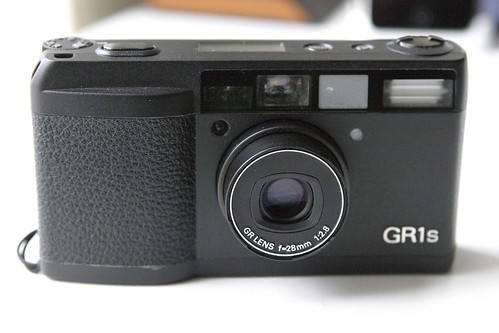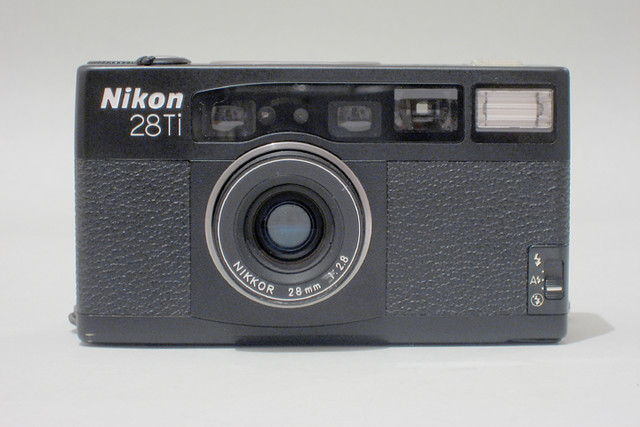fahim mohammed
Well-known member
Announced May, 2012.
There has been a lot of discussion on the various fora about this camera. The good and the bad.
But I have seen no mention or discussion of this product on OPF.
I have seen the results from this lovely camera and played with the files that some folk have very kindly provided on other forums. Beautiful results.
I wish Leica success with this camera product. On a personal level, I shall wait and see what Photokina has to offer in September. Maybe the Leica M10. Maybe with a cmos sensor and live view. And maybe a much higher price tag!!
In my opinion, and for me, Leica camera products ( M specifically ) have never been a ' value ' proposition. For a much less financial outlay, one could find technically much more advanced products than this or other Leica M offerings.
However, for me, the sheer simplicity, the package size, and aesthetics of raising a Leica M camera to take a photograph is a pleasure. I have not found this in any other cameras that I have used. And the Leica M lenses..in a class of their own. For me the process is as important as the end result.
And yes, I am biased towards Leica M products ( and even more ill prepared for the financial outlay required! ). Be they the M cameras or the M mount lenses.
So what do the esteemed OPF members feel about The Leica M Monochrom, or the Leica M9 ( M9-P).
There has been a lot of discussion on the various fora about this camera. The good and the bad.
But I have seen no mention or discussion of this product on OPF.
I have seen the results from this lovely camera and played with the files that some folk have very kindly provided on other forums. Beautiful results.
I wish Leica success with this camera product. On a personal level, I shall wait and see what Photokina has to offer in September. Maybe the Leica M10. Maybe with a cmos sensor and live view. And maybe a much higher price tag!!
In my opinion, and for me, Leica camera products ( M specifically ) have never been a ' value ' proposition. For a much less financial outlay, one could find technically much more advanced products than this or other Leica M offerings.
However, for me, the sheer simplicity, the package size, and aesthetics of raising a Leica M camera to take a photograph is a pleasure. I have not found this in any other cameras that I have used. And the Leica M lenses..in a class of their own. For me the process is as important as the end result.
And yes, I am biased towards Leica M products ( and even more ill prepared for the financial outlay required! ). Be they the M cameras or the M mount lenses.
So what do the esteemed OPF members feel about The Leica M Monochrom, or the Leica M9 ( M9-P).



